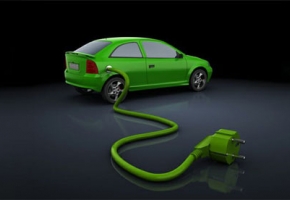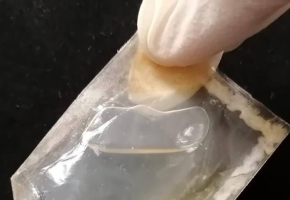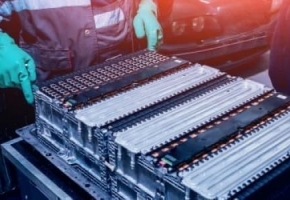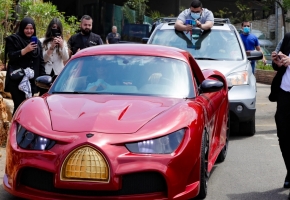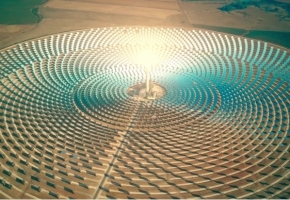CATL's new sodium ion battery to help ease lithium shortages

The development of a new sodium-ion battery by Chinese battery giant CATL is expected in the coming years to relieve pressure on lithium supplies, which are forecast to see shortages as early as 2022.
As the world seeks to cut carbon emissions, partly by ramping up electric vehicle (EV) output, demand is expected to soar for lithium, cobalt and nickel.
Fearful of shortages and high prices, automakers and battery producers have been working on alternate technologies to the dominant lithium-ion battery.
CATL said it plans to build a supply chain by 2023 to produce sodium-ion batteries, which have lower energy density than lithium-ion models, but are fast charging and more resilient in cold temperatures.
Fastmarkets sees the lithium market shifting to a deficit next year from a balanced level in 2021 with demand more than tripling to 1.12 million tonnes by 2025 compared to 2020.
Sodium-ion batteries do not contain lithium, cobalt or nickel, the main metals used in the three main battery technologies: nickel-cobalt-aluminium (NCA), nickel-cobalt-manganese (NCM) and lithium iron phosphate (LFP) batteries.
The price of raw material lithium spodumene has tripled so far this year following higher-than-expected EV sales last year, S&P Global Platts says.
CATL did not disclose cost details of its new battery, but noted that sodium is the sixth most common element on earth.
While in the short term lithium-ion batteries are expected to remain dominant, other technologies may curb future lithium demand.
Source: Reuters
